A film rich in lore that has plenty of heart but doesn’t dare skimp on horror, “Krampus” may be the quintessential holiday horror masterpiece.
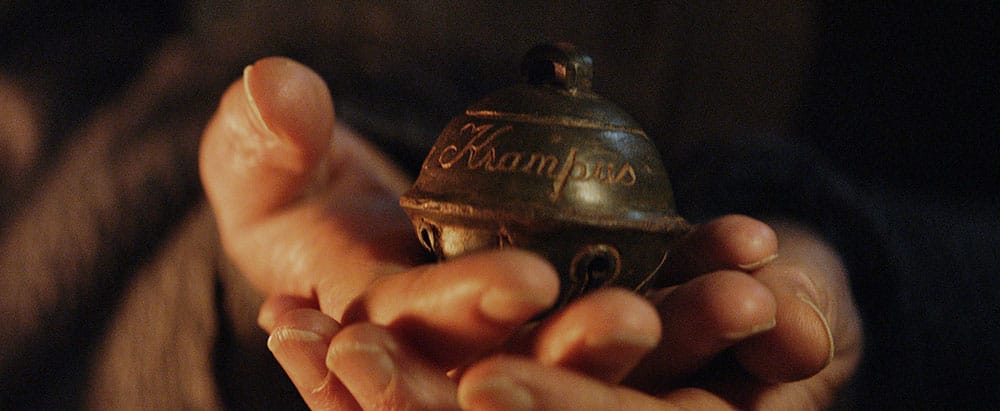
When we think of Christmas horror movies, the first film that comes to mind is probably, the controversial slasher Silent Night Deadly Night (1984) or its predecessor, Black Christmas (1974). If you think about it, Christmas horror movies date back to the silent era with the first adaptations of Charles Dicken’s classic holiday ghost tale, A Christmas Carol.
While those movies do have their places in horror history, I want to discuss another film this holiday season, Michael Dougherty’s holiday supernatural horror comedy, Krampus (released on December 4, 2015).
Dougherty is no stranger to holiday horror. Before Krampus, Dougherty wrote and directed the Halloween-themed film Trick r Treat (2007).
Both Trick r Treat and Krampus are standouts as holiday-themed horror.
Most holiday horror generally depicts a slasher-style murder spree that happens to take place during the holiday season. However, Dougherty incorporates traditional holiday folklore and themes into his stories.
Dougherty’s Krampus breathes life into an obscure being in German Christmas lore, the titular antagonist, Krampus.
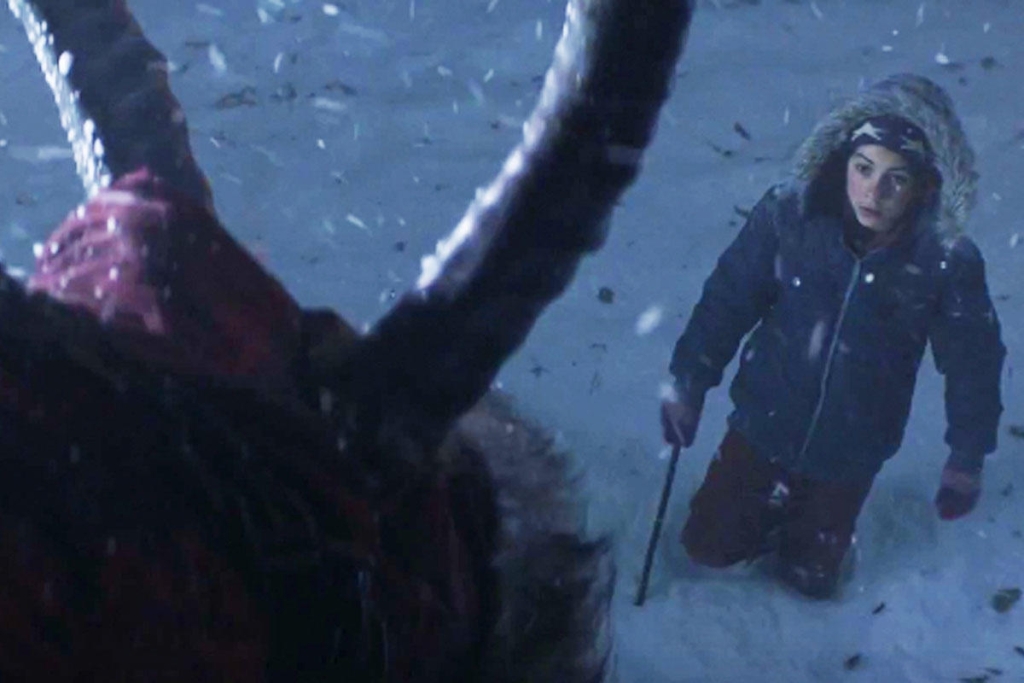
Written by Todd Casey, Michael Dougherty, and Zach Shields and directed by Dougherty, Krampus follows the story of Max Engel (Emjay Anthony).
Max has a close relationship with his German paternal grandmother, Oma (Krista Stadler). However, when his mother’s side of the family arrives for the holiday season, we see that the families are at odds with each other. Max’s parents, Tom and Sarah Engel (Adam Scott, Toni Collette), are the opposite of Sarah’s sister, Linda, and her husband, Howard (Allison Tolman, David Koechner).
Linda and Howard arrive with Sarah’s crotchety and very drunk Aunt Dorothy (Conchata Ferrell), their children Stevie (Lolo Owen), Jordan (Queenie Samuel), Howie Jr. (Maverick Flack), and baby Chrissie (Sage Hunefeld), and their dog, Rosie.
There’s a clear class and cultural divide between the Engels and the other side of the family.
Linda, Howard, and Dorothy are working-class, rough around the edges, and conservative. Sarah and Tom are polished, upper-middle-class, and more liberal-minded. It’s clear, especially from Aunt Dorothy’s quips, that neither family is thrilled to spend time with each other for the holidays.
What kicks off the events in the story is when Stevie and Jordan discover that Max believes in Santa Claus and has written him a letter. They humiliate him at the dinner table, and a huge fight ensues. Max goes up to his room, rips up the letter, and lets the pieces blow out the window.
Once filled with hope and belief in Santa Claus, his Christmas spirit goes out the window with the pieces of his holiday wishes, which puts out an open call to Krampus.
A severe storm hits, resulting in a power outage. Stuck together at the Engel home, Krampus’ helpers attack and take away family members one by one.
During the course of the film, Oma tells about her experience with Krampus.
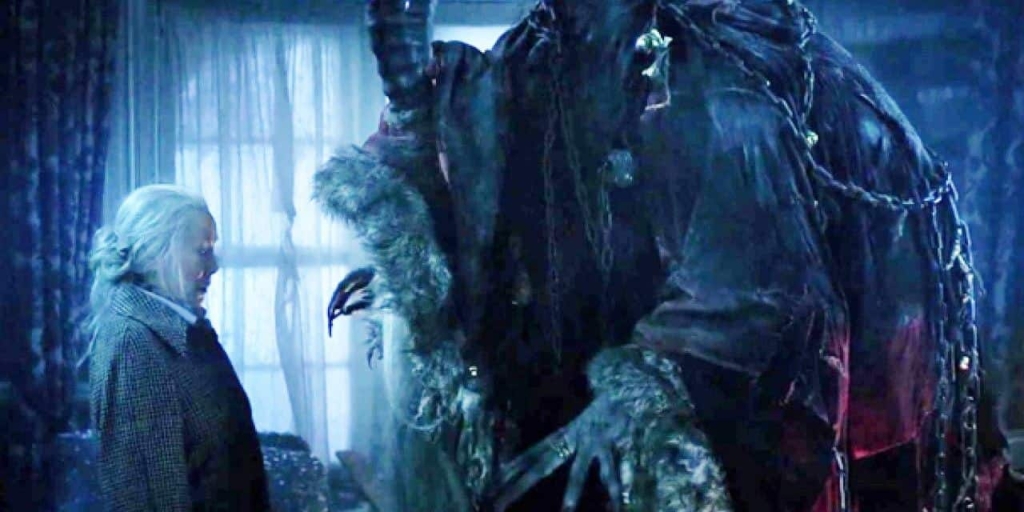
As a child during World War II, she tells about how everyone in her town lost their Christmas spirit. Then, Krampus paid a visit and dragged everyone to Hell, leaving her as the sole survivor with only an ornament with his name engraved on it to remember him by.
Dougherty’s story uses horror with the right dose of comedy mixed in to send a message in tune with the holiday spirit.
Christmas is supposed to be a time of hope, selflessness, and forgiveness. Krampus attacks the family in some interesting and comical ways, including homicidal gingerbread men and demonic teddy bears. However, one by one, they are dragged away to an uncertain fate.
The families don’t see eye to eye on anything. However, when faced with a threat, they band together and help each other.
During their fights against Krampus, the family also learns more about each other. Gun-toting, rough-around-the-edges, Howard, looks down on Tom as being sensitive and wimpy. Much to his surprise, when Tom’s daughter, Beth (Stefania LaVie Owen), goes missing in the blizzard, Tom is willing to brave the elements and even carry a gun.
The film clearly communicates that even if family members disagree, they can put aside their differences.
Sometimes, we don’t appreciate family for many reasons. To be fair, sometimes bad feelings among family are justified. However, the holiday season signals the end of one year and the start of another. The holiday season is a time for reflection and introspection as we look to the coming year.
This is what Dougherty hoped to do with Krampus, taking inspiration from movies like A Christmas Carol and It’s a Wonderful Life.
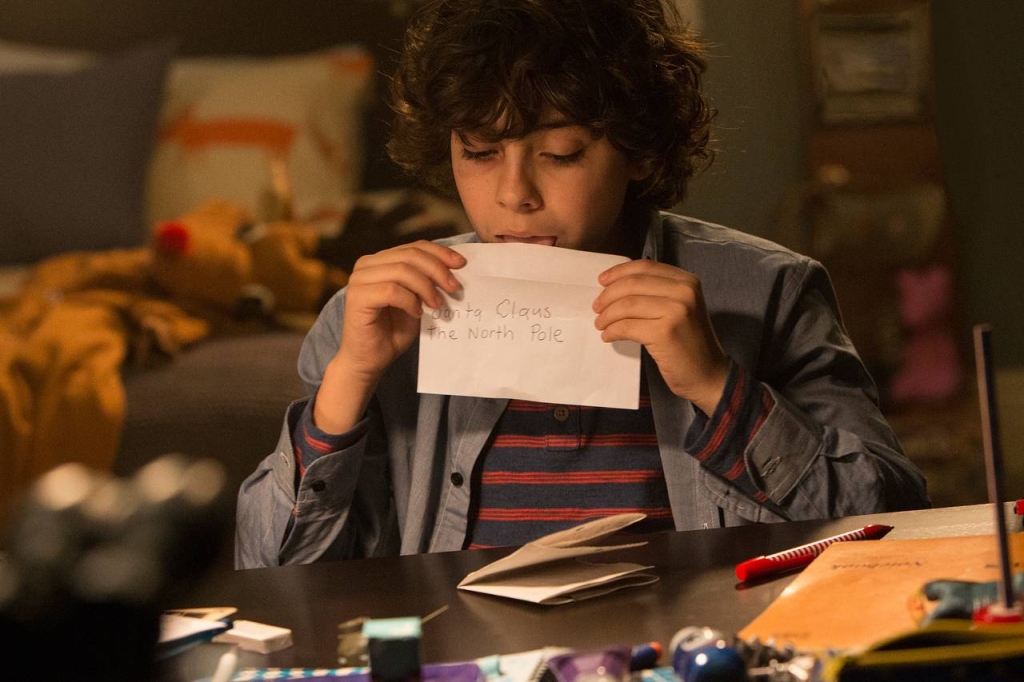
In those films, characters are taught a life lesson, exposed to “Christmas magic”, and are able to make things right in the end.
After hearing Oma’s Krampus story, Max realizes that his anger toward his family caused him to lose his Christmas spirit and opened the door for Krampus to attack. He regrets his feelings and tries to find a way to make things right.
Dougherty’s film is also remarkable in that he breathes new life into an old tale. Krampus is not something cooked up in his mind. In Alpine folklore, Santa Claus had a helper, his polar opposite, the anti-Santa, Krampus, who punished ill-behaved children. In some versions of the story, Krampus left behind sticks or coal instead of presents.
According to other versions, Krampus beat wicked children, put them into his sack, and carried them off to hell to be tortured.
While Santa Claus is a jolly grandfatherly figure dressed in cheery, vibrant red, Krampus is usually depicted as a furry horned being with cloven hooves. There are Krampus-like beings in the folklore of many countries. However, the name Krampus has its roots in the German word Krampen, which means “claw.”
In some parts of Germany, Krampus is known as Belsnickle and Knecht Ruprecht. Krampus also has French cousins: Hans Trapp and Pere Fouettard.
Krampus’ origins are debatable.
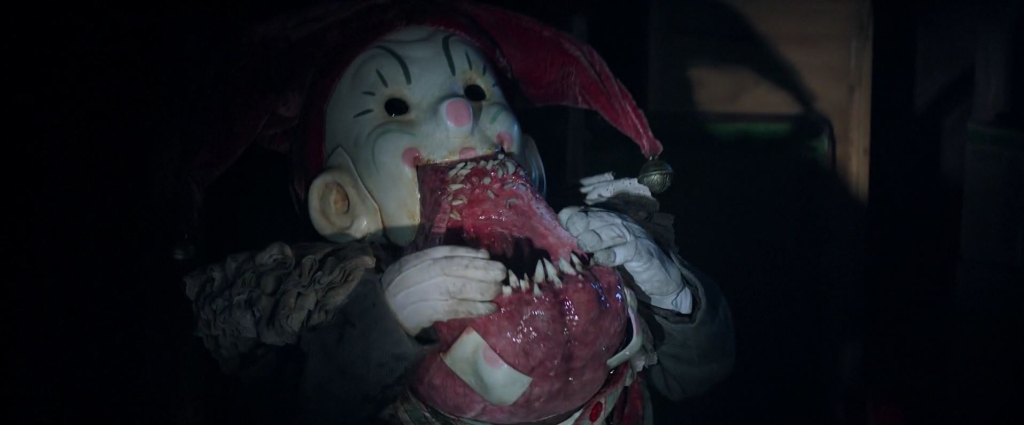
National Geographic reports that Krampus is tied to Norse mythology as the son of Hel, the Goddess of the Underworld. However, Screen Rant points out that, while debatable, most folklorists agree that Krampus most likely originated during the 17th century as a dark counterpart to St. Nicholas.
In German folklore, Krampus shows up on Dec. 5th (not 25th), a night which is known as Krampusnacht or Krampus Night.
Children would leave a shoe or boot outside of their door for the following day, December 6th, known as Nikolaustag or St. Nicholas Day. Well-behaved children would find their shoe or boot filled with presents, or badly behaved would find a rod.
In Dougherty’s film, Krampus has many helpers in demonic toys and gingerbread cookies.
According to Screen Rant, in German folklore, Krampus works alone. However, in Icelandic lore, a Krampus-like being called Gryla eats bad children, as her yule lads menace houses during the holiday season.
National Geographic explains that many groups suppressed Krampus for many years, from the Catholic Church to fascists during World War II, each for their own reasons.
However, Krampus has experienced a rise in popularity in the 21st century as people have become less traditional and perhaps ready to embrace a dark side to Christmas. There are even Krampus-themed events now held in parts of the U.S.
So, how did Dougherty come across Krampus?
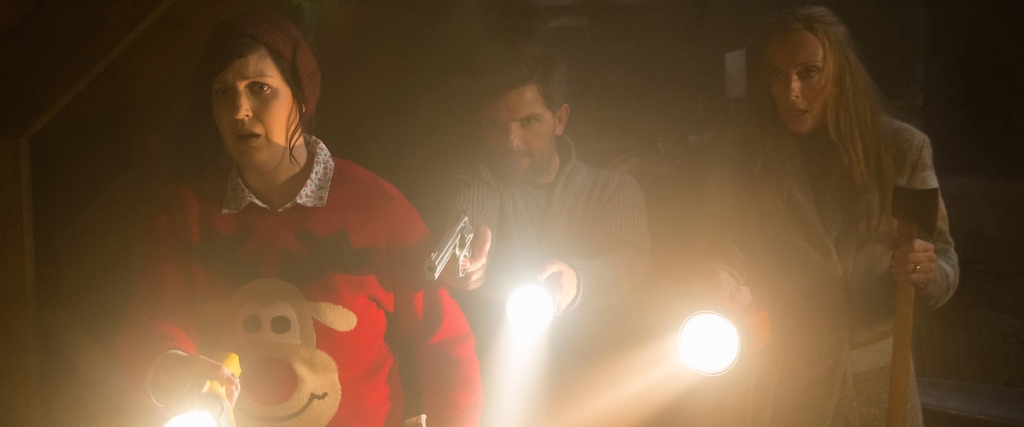
In a 2015 interview with Den of Geek, Dougherty said that he first came across the character 10 years before the film’s release.
Dougherty’s friends began forwarding Krampus cards that they found online. He told Den of Geek that he wanted to make a Christmas horror film. He said that he liked to make his own greeting cards with drawings of “carnivorous snowmen” and “Santa Claus falling into some mishaps.”
When Dougherty set to work on Krampus, he started by researching the history of Christmas.
He went through the same process with Trick r Treat and found that, like Halloween, Christmas’ origins were pagan. He said that he found out that, at one time, Christmas tradition was just as spooky as Halloween, including ghost stories and all of the things that go bump in the night. He explains:
“It just baffled me. It just didn’t make any sense. Why would we abandon these fun traditions? Because November 1st is a really depressing day for me. It’s like Halloween is over, and in come the Christmas songs. I love Christmas. I really do. But something always felt like it was missing.
Dougherty added, “And, lo and behold, you research it and find out, well, Christmas used to be a little bit more like Halloween. And in Europe, where they still embrace Krampus, it still is. So I figured, ‘Well, why don’t we just try to bring some of those customs and traditions and figures to America?’”
When asked about the dysfunctional family dynamic in the story, Dougherty said:
“I feel like every family Christmas is an awkward family Christmas. There’s just no way around it. No family is perfect. No family always gets along. There’s always something going on in the background, some deep, long history between family members. So that to me is the truly scary part of the movie, is the welcoming in the in-laws, and the cousins, and people that you are forced to get along with even if you don’t have a lot of things in common.”
There are many independent Krampus-themed movies which led me to wonder if Dougherty’s film started a trend.
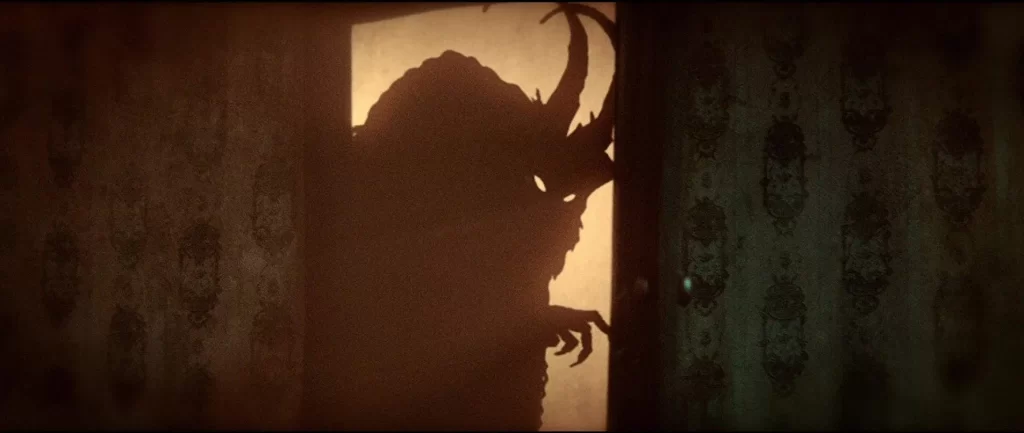
However, some of these releases pre-date 2015’s Krampus, such as the underseen Finnish film, Rare Exports, released five years before Krampus in 2010.
But a flood of Krampus films followed the success of Doughterty’s film, including Krampus: The Christmas Devil (2013), Krampus: The Reckoning (2015), A Christmas Horror Story (2015), Krampus Unleashed (2016), Krampus: The Devil Returns (2016), Mother Krampus (2017) and its 2018 sequel, and Krampus Origins (2018).
Krampus Nacht has come to the U.S. with celebrations held in Milwaukee, Wisconsin, and Washington, DC. Along with the many Krampus films and merch, Santa’s devilish counterpart has carved a niche for himself in horror history.
So, this holiday season, remember that those who lose their holiday spirit may get a visit from Krampus.


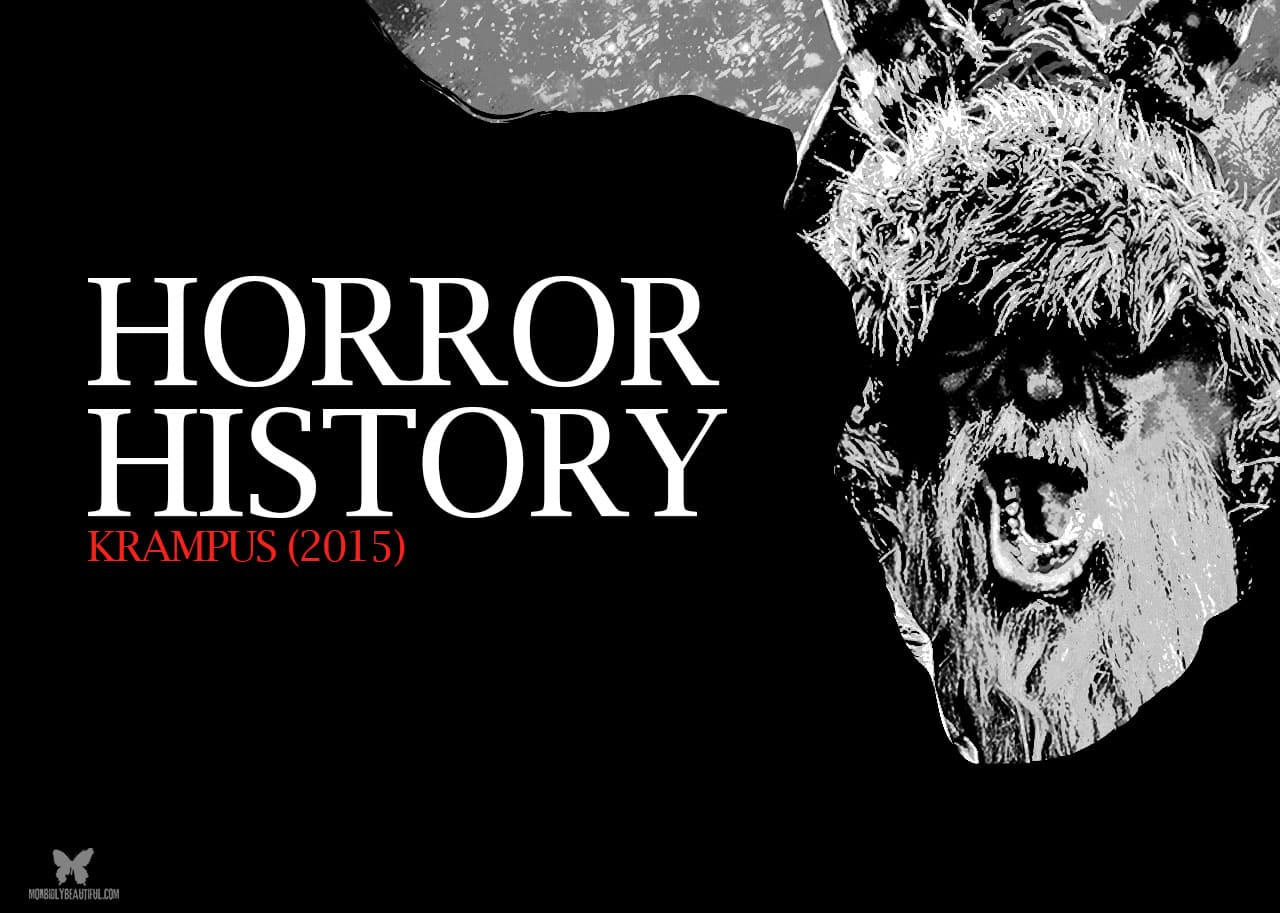
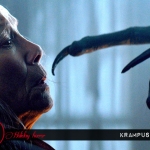
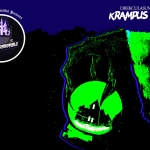

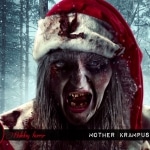








Follow Us!